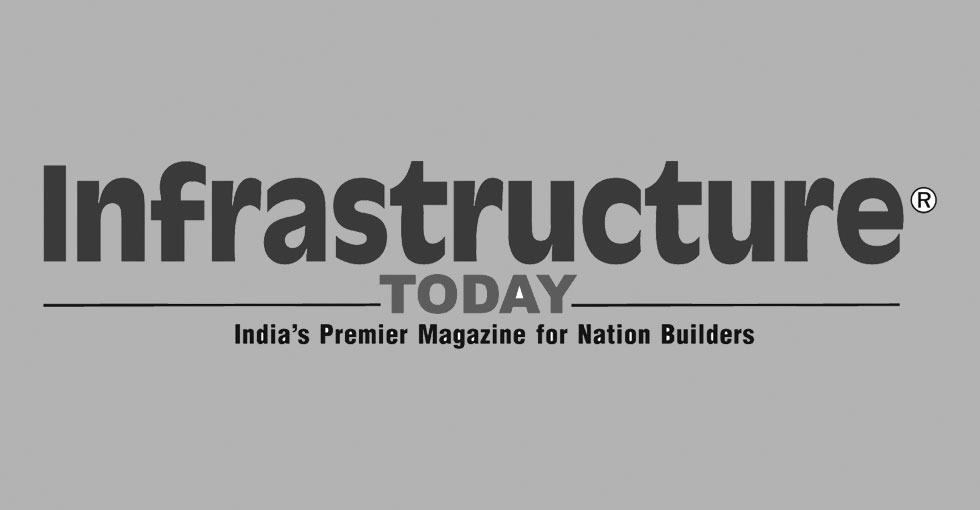In the early 1970s, the Government of India took over the management of coal mines in two tranches. The process kick-started with the nationalisation of coking coal mines in 1971-72, followed by non-coking coal mines the following year. With the enactment of the Coal Mines Act, 1973, all mines were nationalised.
FlashNews:
Union Cabinet Clears $146 Million Delhi Metro Expansion, Adding 16 km and 13 Stations
Saleem Ahmad Takes Charge as RVNL CMD, Steering Shift to All‑Infra Vision
Clean Leap: Manohar Lal Inaugurates First Unit of 2,000 MW Subansiri Hydropower Project
DFCCIL Pushes Fast-Track Plan for Gati Shakti Cargo Terminals
Chhattisgarh, GAIL Ink MoU for 1.27‑Million‑Ton Gas‑Based Fertiliser Plant
Noida International Airport Taps Tech Mahindra for 24×7 Cybersecurity Command Centre
Centre Approves ₹8.87 Billion Mumbai Marina to Boost Coastal Shipping and Maritime Tourism
PM Surya Ghar Rooftop Solar Scheme Crosses 1.95 Million Installations, Delivers 770,000 Zero Bills
Waaree Gets ALMM-II Nod for 5.25 GW Solar Cells
Inox Wind Secures Repeat 100 MW Order from Jakson Green
SITA Strengthens India’s Digital Aviation Infrastructure as Passenger Growth Accelerates
India moved from power scarcity to sustainability, says Piyush Goyal
GM Rao Urges Andhra University Alumni to Drive Innovation, Entrepreneurship and India Growth Story
India Begins Hydrogen Car Trials as Minister Joshi Drives Toyota Mirai to Parliament
MNRE Refutes Financing Pause; Calls for Expansion into Upstream Solar Manufacturing
IndiGrid to Acquire Gadag Transmission for ₹3.72 Billion
India Launches First All‑Electric Tug at Deendayal Port, Accelerates Green Maritime Shift
Bharatmala Pariyojana Executes 61% of Phase‑I Highway Targets, Boosts Freight Speed and Connectivity
Waaree Tops India’s Solar Module Shipments in Q3 2025, Reinforces Global Competitiveness
Adani Institute of Infra Engineering conducts Core Infrastructure Programme
The 2nd edition of Core Infrastructure Week (CIW), the annual week long infrastructure industry engaged learning programme, organised by Adani Institute of Infrastructure Engineering (AIIE) commenced on Monday, 19th December. It continued till Friday, 23rd December.
The Digital Advantage
In the year 2007, B2C e-commerce started gaining acceptance in India. This was the year when the industry picked up pace, the common man started warming up to the idea of shopping online, and a number of start-ups came into the scene.
Click Clique
With the rise in Internet and mobile phone penetration, India has witnessed digitalisation in almost all walks of life and business. While some sectors have embraced the digital economy as the new way of life - for example, movie ticket bookings - others in the e-commerce domain like online pharmacies and grocers, are unduly taking time to make this shift.
India is a Bright Spot Amidst a Dim Global Outlook
There have been multiple evaluations of the recently launched 'Make in India' campaign and the subsequent projects that have been undertaken by the government to improve and enable the economic growth of the Indian maritime clusters. In this light, Elektrans Group is all set to further expand its footprint globally as well as within their home base in India.
Building the Blocks
The importance of quality infrastructure and the development of an economy have an umbilical cord binding them and can never be seen in isolation. Broadly, infrastructure is the network of power, telecom, ports, airports, roads, civil aviation, railways, and transportation in a country and is the lifeline of the economy of a country.
The Post GST Logistics of BIGGER WAREHOUSING
India´s burgeoning logistics and warehousing sector is set for an explosive growth trajectory, in the wake of the implementation of the Goods and Services Tax (GST) regime.
Get the Right Roof, Wall Cladding Material for your Warehouse
India has witnessed significant strides in the e-commerce business in the last few years. The logistics chains and warehousing facilities across the country are a backbone to support this e-retail and e-commerce revolution.
GST will help companies reduce logistics costs by up to 1.5percent
According to me every move has an advantage and a disadvantage. The business success depends on the ability of a company to factor in variables and continue to stand firm.
GST will reduce the share of the unorganised sector in warehousing
The GST is a value-added tax that will replace all other indirect taxes in India. One purpose of the GST is to make taxes ´destination´ based rather than origin based, or ´efficiency´ based rather than ´regulation´ based.











